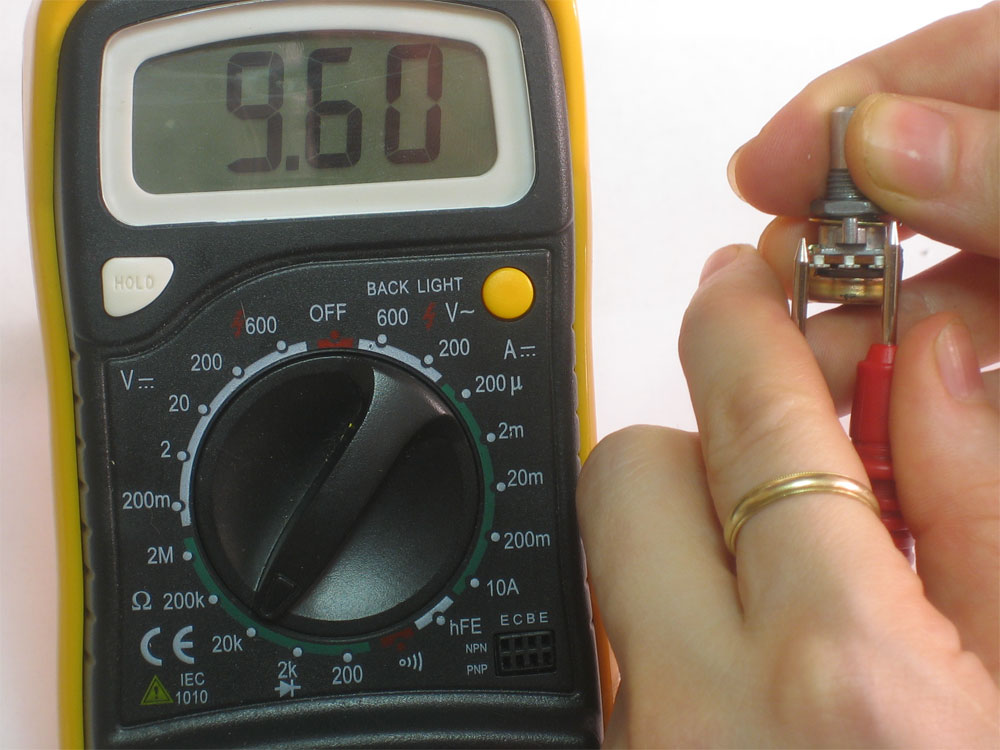I (respectfully) disagree with Lowell on the voltages. In the post he responded to the bias voltage seemed grossly high and there was no drop across the choke where I would expect a couple of volts drop.
Your bias is too cold.
At 427Vp I would think that a bias voltage of about -45 would be about right for a pair of 6550's. No math on this though. Just my own experience. -40 for a pair of el34's.
Check DCR on the choke. I think it should be between 120 and 200 ohms. If it's not, it's shorted.
That amp is OLD! There are parts that fail with age. As you've noted, the old caps have suffered. You've replaced a couple. CC resistors drift. Old electrolytic caps should be replaced. Those Xicons don't have nearly the lifespan of old school caps. They are critical components as bias supply caps. And they've been around long enough that they could absolutely be overdue for replacement. But if the bias is fine, and adjustable, I suppose it's probably ok for now.
What is the bias current?
Your bias is too cold.
At 427Vp I would think that a bias voltage of about -45 would be about right for a pair of 6550's. No math on this though. Just my own experience. -40 for a pair of el34's.
Check DCR on the choke. I think it should be between 120 and 200 ohms. If it's not, it's shorted.
That amp is OLD! There are parts that fail with age. As you've noted, the old caps have suffered. You've replaced a couple. CC resistors drift. Old electrolytic caps should be replaced. Those Xicons don't have nearly the lifespan of old school caps. They are critical components as bias supply caps. And they've been around long enough that they could absolutely be overdue for replacement. But if the bias is fine, and adjustable, I suppose it's probably ok for now.
What is the bias current?




 That the tubes aren't blowing up is a mystery to me. There may yet be a mistake in the soldering/wiring that has SOME bias voltage present somewhere (perhaps even on the cathode circuit). Try putting a 220k resistor in where you tried the 220 ohm previously. Then check bias current and voltage. Getting the bias corrected seems to be where you're problem is. Getting the bias circuit corrected is the first order of business then.
That the tubes aren't blowing up is a mystery to me. There may yet be a mistake in the soldering/wiring that has SOME bias voltage present somewhere (perhaps even on the cathode circuit). Try putting a 220k resistor in where you tried the 220 ohm previously. Then check bias current and voltage. Getting the bias corrected seems to be where you're problem is. Getting the bias circuit corrected is the first order of business then.
Comment